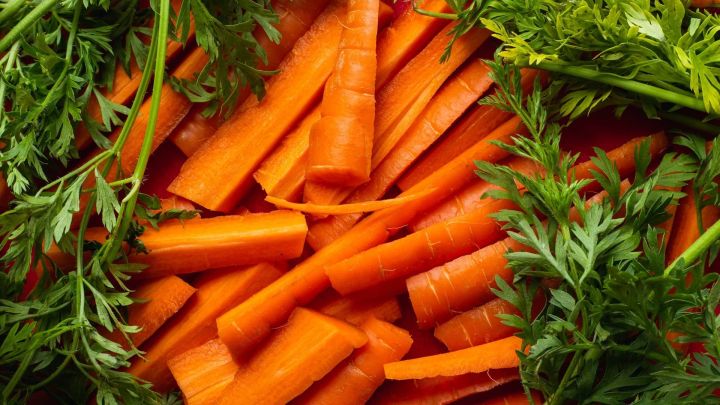Healthy
Can People With a Weak Stomach Eat Roughage?
People with a weak stomach need to pay a little attention to their diet. Perhaps many people are unaware of what ingredients are specifically available in coarse grains, so today we will tell you what coarse grains are, and whether people with a bad stomach can eat them.

People with bad stomachs need to pay a little attention to their diet. Perhaps many people do not know what ingredients are specific to coarse grains, today I will tell you what is coarse grains, and whether people with a bad stomach can eat coarse grains.

What is coarse food
Coarse grains are called "coarse grains" because they are cereals that have not been finely processed, retaining the hard outer layer of the grain and having a rough taste. Coarse grains can be divided into three main categories according to their different forms.
1,Cereals: maize, millet, red rice, black rice, purple rice, sorghum, barley, oats, buckwheat, etc.
2, Mixed legumes: soybeans, mung beans, red beans, black beans, broad beans, peas, etc.
3, Tubers: sweet potatoes, yams, potatoes, etc.

Can people with a weak stomach eat coarse grains?
People with a weak stomach can eat coarse grains, but it is not recommended to eat them every day. A proper diet of coarse grains can help intestinal peristalsis, eliminate toxins, prevent constipation, improve cardiovascular function, help weight loss and help strengthen teeth.
However, it is not recommended to eat roughage every day because it contains too much dietary fibre, and too much fibre can lead to intestinal obstruction, which can be serious. At the same time, fibre can lead to prolonged gastric emptying time, which can cause acid reflux and "corrosion" of the stomach and oesophagus, as well as affecting absorption and making the body lack many essential nutrients.
As you can see, coarse grains can "nourish the stomach", but improper consumption can also "hurt the stomach". Therefore, elderly people suffering from stomach and intestinal indigestion should eat less coarse grains to prevent dietary fibre from stimulating the stomach and intestines and making their condition worse.
For this reason, it is important to pay attention to the mix in your diet. Remember to drink plenty of water after eating coarse grains, as the fibre in coarse grains requires sufficient water to ensure proper digestion in the gastrointestinal tract.

According to the FAO recommendations, a healthy person's regular diet should contain 30 to 50 grams of fibre. Adults should ideally eat 50 to 100 grams of coarse grains per day, with more variety being better.

There are many varieties of coarse grains, and when consuming them, it is best to choose to eat those that are easy to digest, like millet is a good choice. Smaller grains of coarse grains absorb water more quickly and are more easily absorbed by the body. Finally, when cooking coarse grains, it is best to soak them first, for example, soak them the day before, soak them overnight and boil them the next day, this will make them taste better, easier to be cooked and correspondingly better tasting and more easily absorbed by the gastrointestinal tract.
-
![]()
![]() HealthyDec 01, 2025
HealthyDec 01, 2025How To Manage Cold In The Womb For Women
-
![]()
![]() HealthyNov 30, 2025
HealthyNov 30, 2025Excessive exercise tends to accelerate heart failure
-
![]()
![]() HealthyNov 29, 2025
HealthyNov 29, 2025Tips For Spring Wellness
-
![]()
![]() HealthyNov 28, 2025
HealthyNov 28, 2025What Is Good For People Who Are Prone To Stomach Acidity?
-
![]()
![]() HealthyNov 27, 2025
HealthyNov 27, 2025What To Eat For Liver Detoxification




